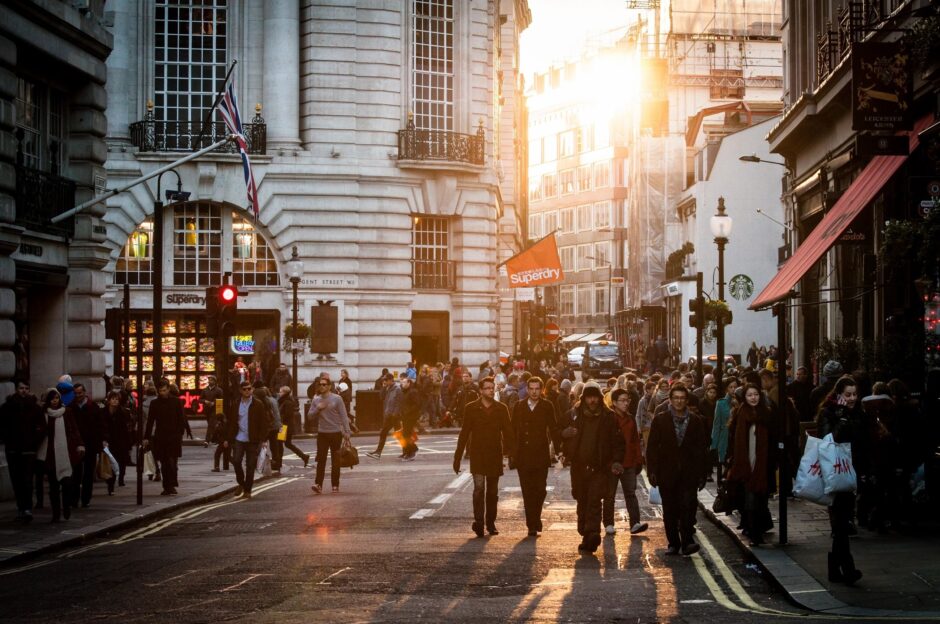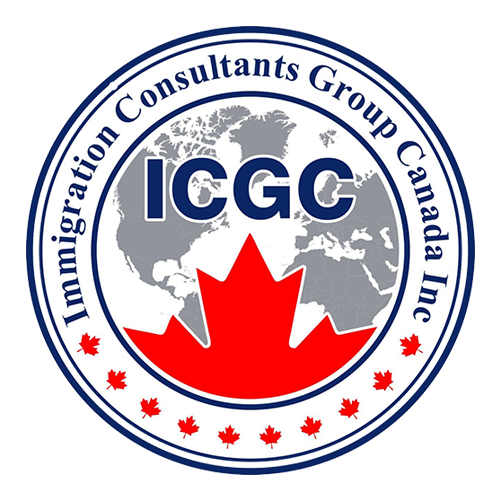The “Migrant Crisis” is a Global One
Many Canadians often see the world through the prism the US news media, which gives us a distorted picture of the world more broadly.
A case in point is immigration, and specifically the “crisis of illegal immigration” along the US-Mexico border. This week, the United States Supreme Court left in place a pandemic-era policy allowing U.S. officials to rapidly expel migrants caught at the U.S.-Mexico border. Attorneys general from 19 states argued that lifting the policy could lead to an increase in already-record border crossings and strain resources of the states where migrants end up.
However, a major migration crisis, fuelled by many geo-political issues, has also taken root in Europe. This year alone, for instance, more people will have sought refuge in Germany than at the height of the European migrant crisis. Germany is on course to see 1.2 million new arrivals this year — a 35% increase from 2015 when 890,000 migrants and refugees, mainly fleeing the Syrian war. More than a million Ukrainian refugees welcomed in Germany since Russia’s invasion unfolded last February. In addition, by October 2022, 181,612 asylum applications were recorded, reported, mostly from Syrian, Afghan, Turkish, and Iraqi nationals.
German authorities are reported to have reached their limit in processing and caring for refugees. Last month, Germany’s lower house of parliament passed a bill to speed up residency for migrants that have been in the country for several years without securing asylum status.
Those who have lived in the country for five years and have not committed a criminal offense will be eligible for long-term residence. But this was far from unanimous. The legislation was voted against by the opposition conservative bloc, the far-left Left Party, and the far-right Alternative for Germany.
The government of French President Emanuel Macron has announced plans to tackle illegal immigration through a wide range of measures including a fast-track process for handling asylum claims.Gérald Darmanin, the interior minister, said he aimed to accelerate an asylum procedure that took so long that claimants were able to settle in France even if their request was turned down. He wants to deal with claims within nine months to reduce the number of failed asylum seekers having children in France before they can be expelled.
Some European are implementing more drastic measures. Greece, for example, plans to triple the length of the steel border wall. According to the Greek authorities, in conditions of sharply increased migration pressure after the pandemic, by the end of November this year, more than 250,000 migrants were prevented from crossing the land border between Greece and Turkey. During the same period, more than 5,000 people were detained after they managed to cross the river.
The European Union has moved to shut down a swelling flow of migrants using the Balkans as a land route into the bloc. Border police have intercepted 130,000 people trying to enter the EU from the Balkan region this year. The number of arrivals reported coming via the Balkans from January to last month is three times as many as last year’s figure. They are thought to include people Syria, Tunisia, Morocco and India from who either came via the Eastern Mediterranean or arrived legally the Balkans.
Austria is also applying pressure on European Community leaders after many migrants reached the landlocked country via Hungary. There are an estimated 75,000 unregistered illegal migrants in Austria, which means they crossed an EU external border and reached an inland country like Austria.
No part of Europe is untouched by this mass movement of humanity. Rights groups are pressuring Spain’s government over the deaths of at least 23 people after thousands of migrants forced their way through the European Union’s only land border with Africa between Morocco and the Spanish enclave of Melilla. In the worst tragedy on a European frontier in recent years, the migrants died in a crush, and scores more were injured, when about 2,000 people, many from Sudan, stormed the 6-meter-high fence to try to get through the border on June 24. The Moroccan Association for Human Rights (AMDH) said another 77 people were missing after the incident. The ongoing controversy raised questions about how a key European Union border with Africa is policed.
When British Prime Minister David Cameron was looking for a stick to beat up the then Labour government he lit on migration and promised to reduce it to “tens of thousands” when in power. That tapped into growing public concern over inward migration from Central and Eastern Europe, which had massively exceeded government estimates of the consequences of allowing free movement straight away, while other EU countries imposed transitional controls. The government’s failure to meet that target was a significant motivator for some at least of the Leave vote in 2016 – and the promise to “take back control of our borders” was one Brexit commitment that the UK could deliver unilaterally. As at 20 December, more than 45,000 people had crossed the English Channel in small vessels since the start of 2022. This is a 60% increase on the 2021 total and is the highest figure since records began.
Like Canada, the UK has a labour shortage. This was largely the result of Brexit. Conservative Prime Minister Rishi Sunak has talked about “illegal immigration”, while Labour Leader Keir Starmer talks about training. Neither have been much attention to the demands of business organizations to ease inward migration to deal with labour shortages in low skilled work. Both parties need have yet to engage in a serious discussion with business about how to ease these immediate strains, which are damaging growth and exacerbating pressures on prices.
The common thread between Canada, United States, and Europe is that there is an overwhelming demand and pressure on their respective immigration systems. As a result, there is a massive backlog in processing applicants for asylum as well as those all other immigration streams. And while Canada is also dealing with challenges and delays with our system, comparatively speaking, we are in very good shape. Some of that is the good fortune of our location and natural geography. But Canada’s immigration system is one of the most high-functioning in the world, despite some of its problems.
The migrant crisis is a real one and is driving in a variety of factors. These factors are often economic, but recently, other new variables have surfaced. The global pandemic had significant consequences on the capacity of governments all over the world to deliver basic services, including processing immigration applications. Adding to these critical factors have been a confluence of geo-political flashpoints contributing to conflict and instability in Eastern Europe, Northern Africa, Syria, Iran, Iraq, Venezuela, Honduras, Mexico and others.
The pressures on governments have been enormous. The political ramifications are profound as both the far left and far right have seized on these issues to stake political ground. This all comes against a backdrop an inflationary economy and record-high government debts.
Meanwhile, while here in Canada the government has made a commitment to improving the immigration application backlog, it has announced new targets – historically high ones – for immigration to Canada. There is wide support amongst Canadians for this policy because Canada is a nation of immigrants and we know, as do our governments, that increased immigration is indispensable to our future wealth, prosperity, and quality of life.


